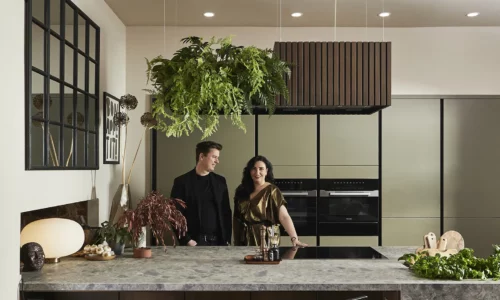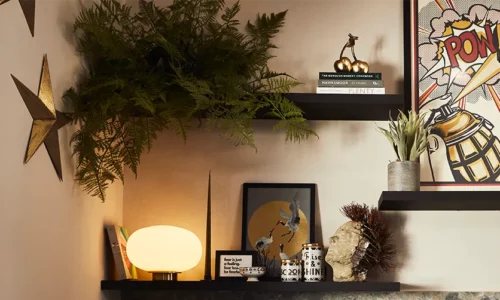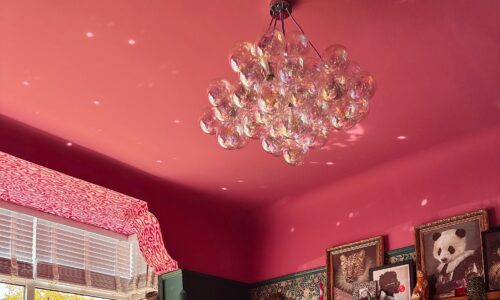How To Brighten a Dark Room With No Natural Light
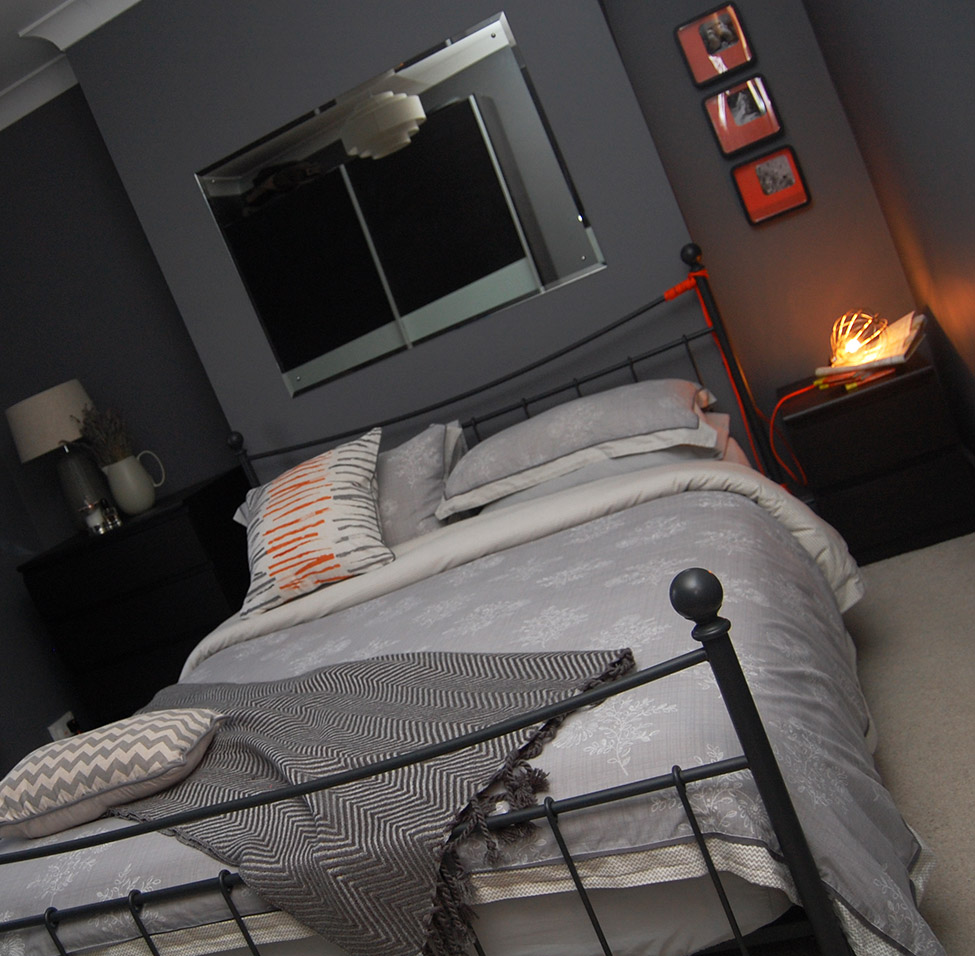
Entering your living room, you feel for the switch on the wall and turn on the lights. Every part of the room is beautifully illuminated, and you’re glad you took the time to find out how to lighten a dark room with no natural light.
As you sink into the sofa, you pause to soak up the bright and inviting atmosphere you’ve created. Calming lights and lamps light up even the darkest corners of the room, while mirrors and light-coloured paint bounce light around the room to make it feel more expansive and open.
Discover how to create bright and welcoming interiors even when your room has no windows with our tips on how to lighten a dark room with no natural light.
5 ways to lighten a dark room with no natural light
Dark rooms with no natural light can often feel depressing and unwelcoming, not to mention the negative effect that a lack of light can have on our health and well-being.
Fortunately, there are many ways you can make the dark rooms in your home feel brighter and more inviting without having to completely overhaul your existing interior design scheme.
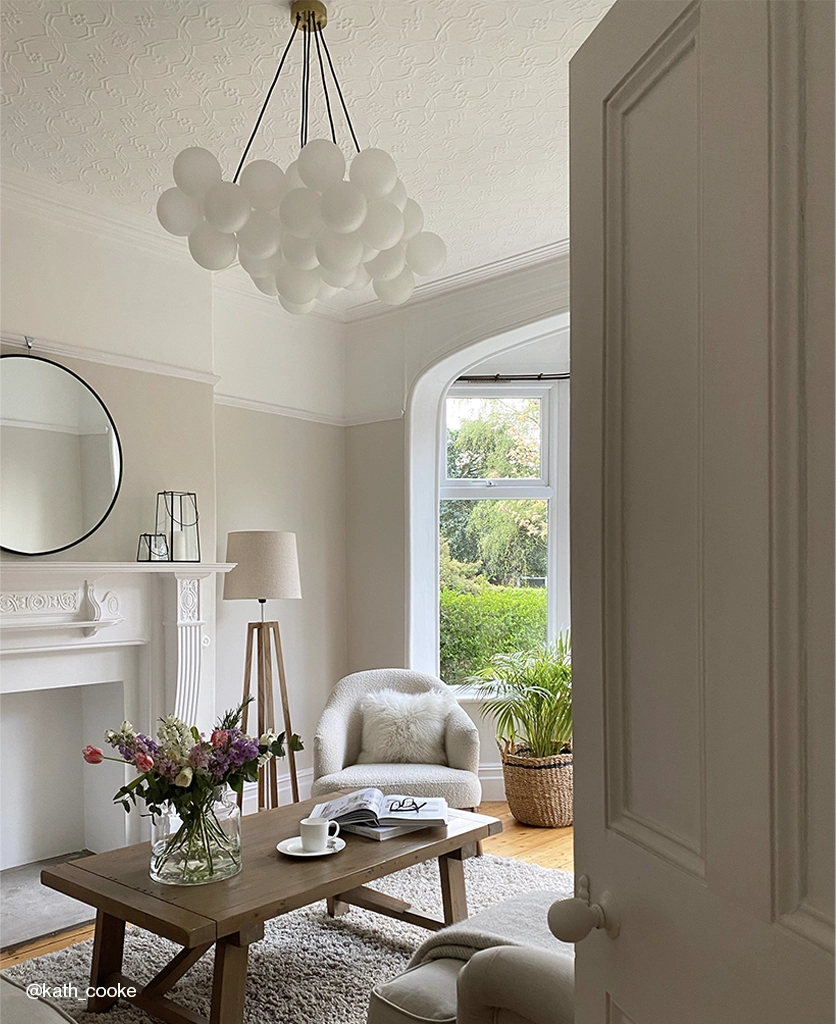
1. Choose a light colour for the walls
A simple way to brighten up a dark room is to paint the walls a light colour. Lighter paint colours reflect light and help to bounce it around the room, making the space feel brighter than it really is.
Choosing a light paint colour doesn’t necessarily mean painting the walls white – in fact, stark white can sometimes make a room feel clinical and unwelcoming, which is the opposite of the atmosphere you want to create.
Instead choose an off-white or pastel colour. You can opt for any shade that you like the look of, but paints with cool undertones like blue, grey, and green are especially great for making a room seem more spacious, airy, and bright.
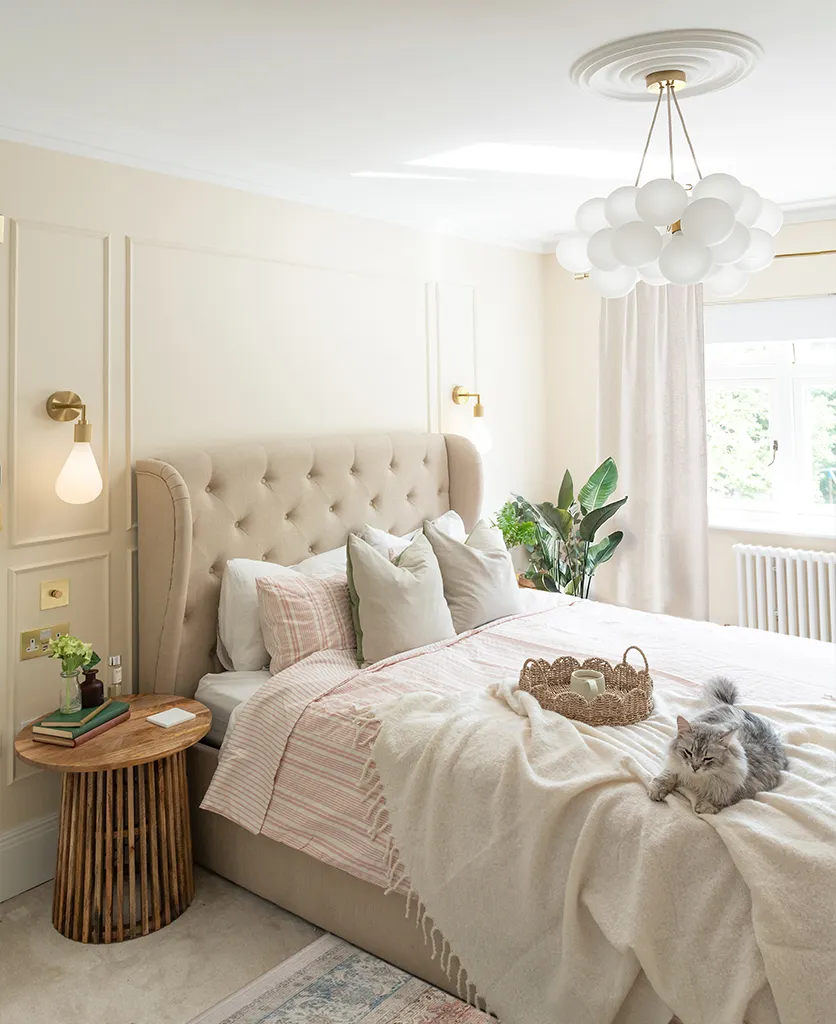
Image courtesy of @robinsroost_renovation
2. Cast light upwards with uplighters
Installing uplighters is another easy way to make a room feel brighter. Uplighters are effective when it comes to brightening up dark rooms because they reflect light up towards the ceiling. The more light a room has up high, the lighter it will look and feel.
Uplighters are available in a variety of different styles, including freestanding and wall mounted options. Wall lights are a particularly good choice because they can be positioned throughout the room, eliminating every dark and dreary corner.
Product pick: Stylish yet timeless, the gold Bramley wall sconce is great for casting light upwards towards dark corners.
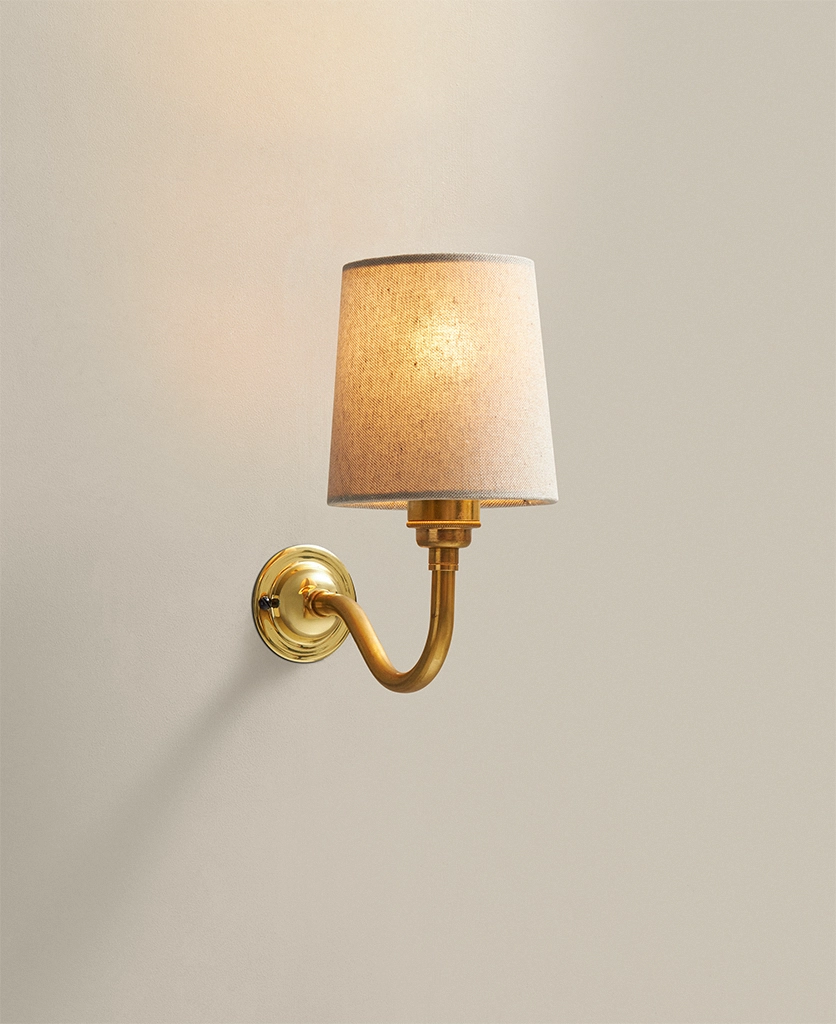
3. Incorporate lots of different light sources
One source of light on its own won’t be enough to illuminate your entire room. Experts recommend layering your light sources to ensure every part of the room is well lit, incorporating high-level, mid-level, and low-level lighting throughout.
- High-level lighting: This refers to your ceiling lighting, which provides the overall illumination in your room. Although ceiling lighting is essential for brightening up a room, it usually doesn’t reach the very darkest corners of the space, so other light sources are also required.
- Mid-level lighting: This refers to your wall lights. Make sure the light they cast is aimed towards the ceiling to make the room feel brighter and more spacious.
- Low-level lighting: This is your floor and table lamps. Adding lamps to particularly dark areas is an easy way to brighten up the room.
Ally Dowing-Reynolds, lighting expert and co-founder of Dowsing & Reynolds, says:
‘Place floor lights or table lamps in the corners of a dark room to instantly make it feel brighter and more spacious. If the room is a utility space, wall-mounted spotlights are essential to banish the shadows created when you stand between the ceiling light and your task area.’
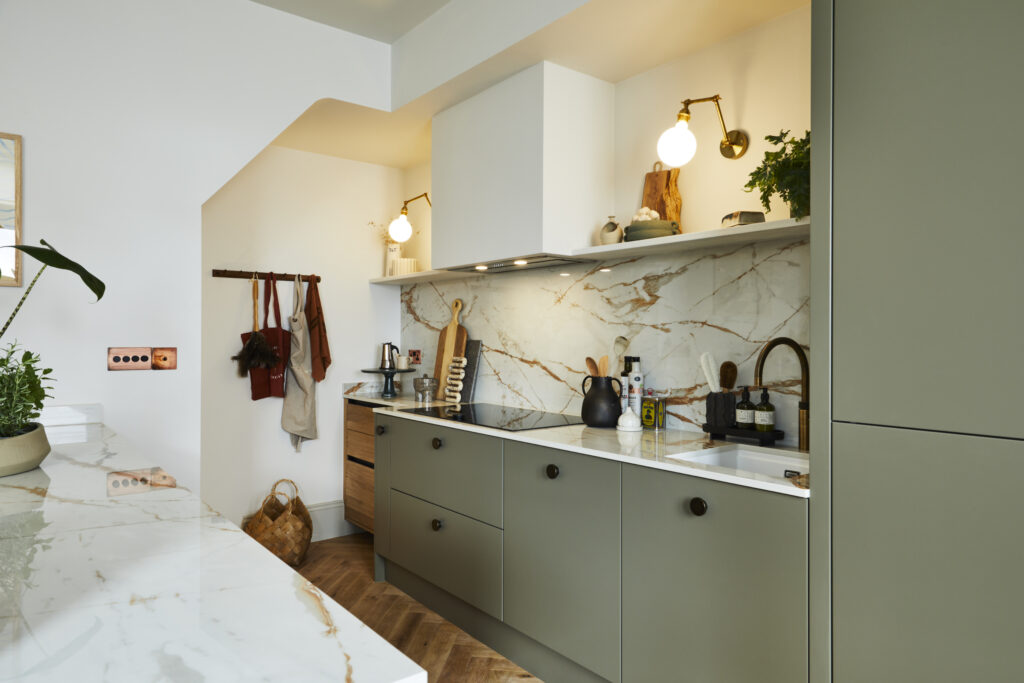
4. Use mirrors to bounce light around
Adding mirrors to the walls is a great way to brighten up a dark room because they bounce the light around and make the space feel bigger and brighter than it really is. Position them close to light sources for the best effect, as this will allow them to reflect as much light as possible.
If the wall in your dark room has lots of artwork on it, consider removing a couple of pieces and replacing them with mirrors instead. Wall art absorbs the light in your room rather than reflecting it, so too many pieces might be contributing to the room’s darkness.
5. Choose the right light bulbs
The colour temperature of the light bulbs you choose for your room also plays a huge role in determining whether it’s sufficiently lit or not.
For practical spaces like kitchens or bathrooms, you should opt for light bulbs with a colour temperature of 4000 Kelvins (K) or higher. These bulbs give off a white light that more closely replicates natural daylight, which is what you need when completing tasks.
On the other hand, if it’s a bedroom or living room you’re trying to brighten up, it’s best to choose bulbs with a warmer colour temperature – around 2700K. This is because warmer bulbs help us to relax and switch off at the end of the day.
Design tip: Put your lights on a dimmer switch to give the room the right amount of light for any time of day.
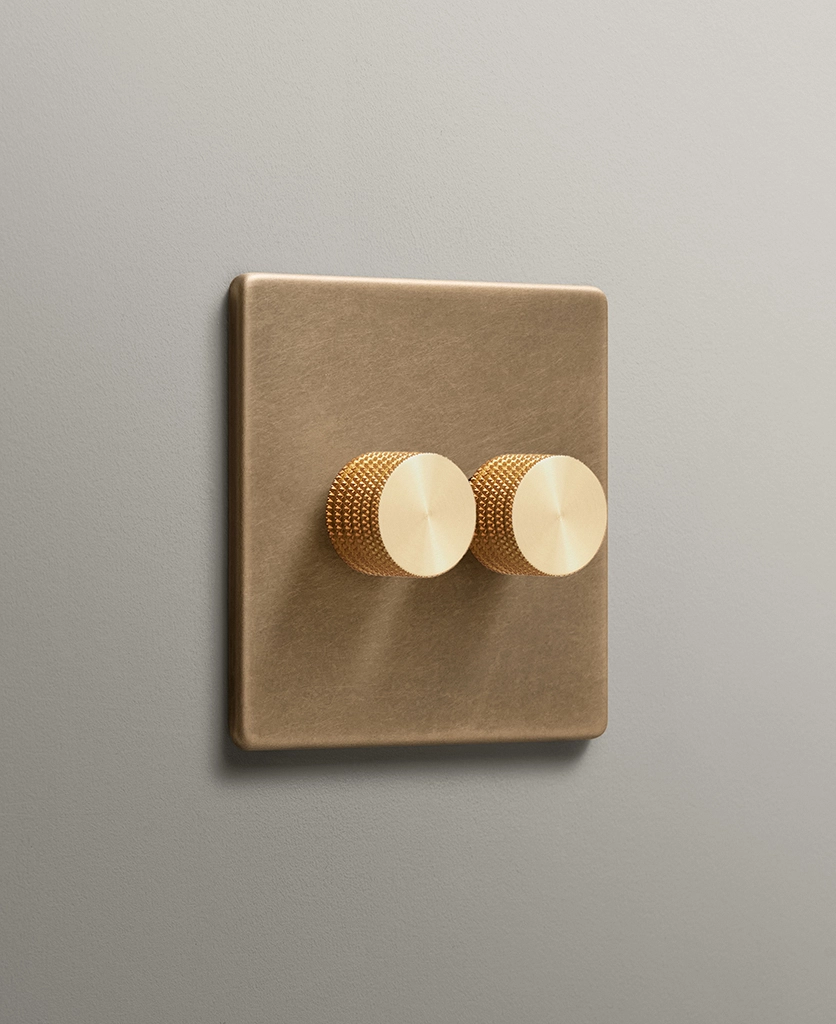
Show us your bright and beautiful interiors
We’d love to see how you’ve used these tips on how to lighten a dark room with no natural light to improve your home. Tag us on Instagram @dowsingandreynolds – we can’t wait to see what you’ve come up with!

